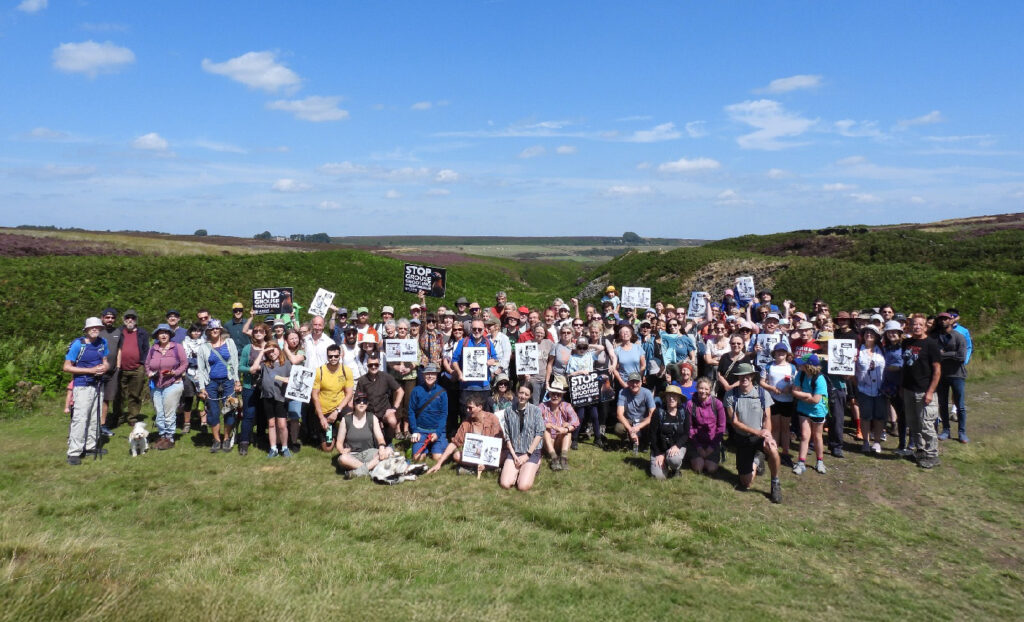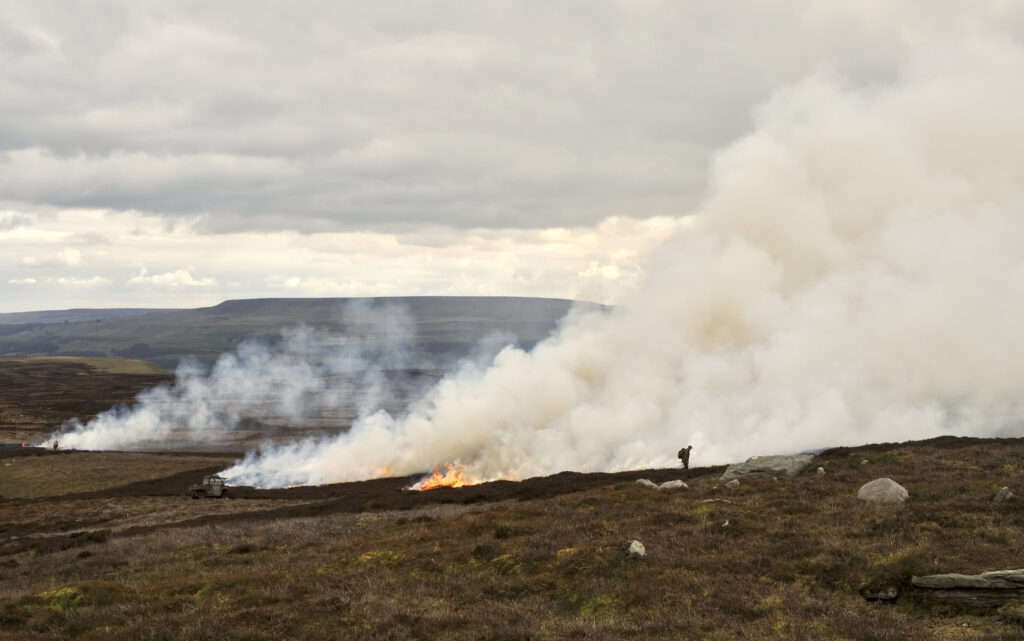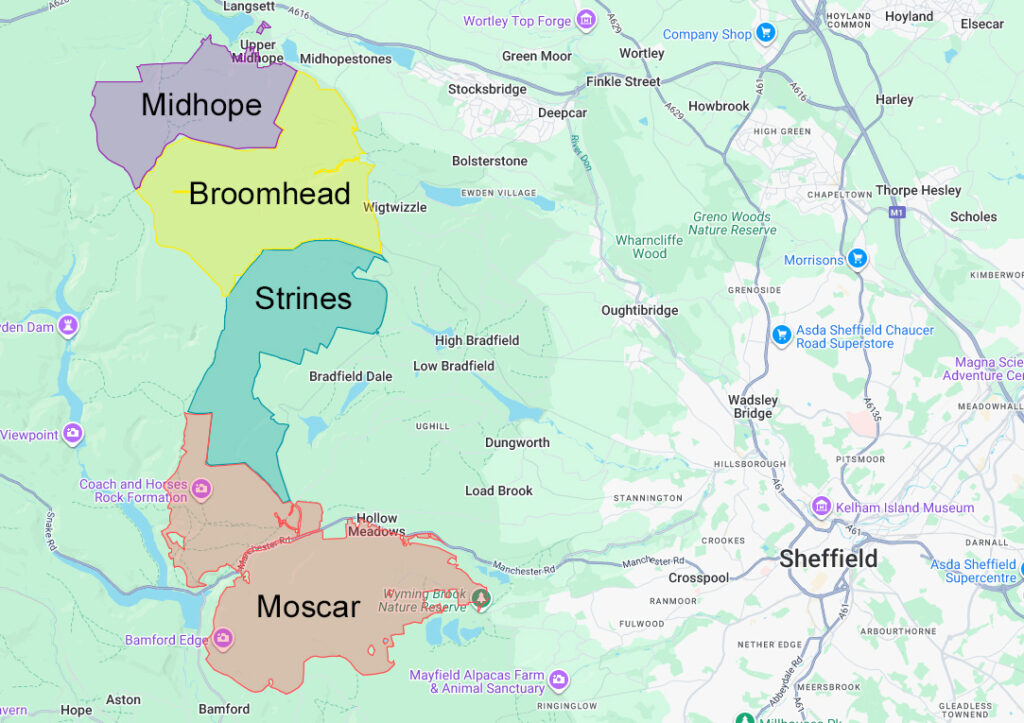
Inspired by similar successful projects in Scotland, we want to bring grouse moors in England into community ownership, starting with Moscar Moor on the west edge of Sheffield.
We aim to give local residents the power to protect the moors and make them a thriving and welcoming place for everyone.
We are applying to make Moscar Moor an Asset of Community Value, which combined with forthcoming Community Right to Buy laws will give us a chance to take ownership – but we need your support to make this happen.
Join us, follow us on Instagram, BlueSky, Facebook and sign up to our mailing list to hear about ways to get involved.

Why community ownership?
Community ownership will give local residents new opportunities on the land and allow wildlife to flourish through:
- nurturing the land and wildlife through ecological restoration, creating new nature reserves and community-led projects on biodiversity and climate action
- delivering community regeneration through new cultural, economic and educational opportunities in the area and surrounding communities
- allowing everyone who lives near and/or enjoys respectful usage of the moor to participate in how the land is managed
This will be a huge improvement for local people and the environment, compared to the land’s current use as a grouse moor.

What is a grouse moor?
Grouse moors take up 7% of our land in the UK and are mostly still owned by the aristocracy and a few other extremely wealthy individuals.
The land is used for “driven” grouse shooting, a bloodsport made fashionable by the ruling class in Victorian times, that is still practised by a tiny number of people despite taking up a huge amount of our land.
Astonishingly, this elite pastime is subsidised by the British taxpayer, with grouse moor owners receiving millions of pounds in public money over the last decade for their ‘stewardship’ of the land.

What does grouse moor ‘stewardship’ look like?
Grouse moors are managed by their private owners with the aim of breeding as many grouse as possible for shooting. Scientists have shown that this has a widespread destructive impact on the moorland and other species, and contributes to climate change.
From October to April, gamekeepers regularly set fire to moorland to encourage new heather growth. This significantly reduces plant diversity whilst also releasing particulate carbon into the atmosphere. In recent years moorland burning has caused serious air pollution and public health issues in local villages and much of Sheffield.
Meanwhile, gamekeepers trap and poison any animals which might threaten grouse numbers. This means dead birds of prey, foxes, badgers, stoats and other animals, on top of the shooting of the grouse themselves.
Britain holds around 13% of the world’s blanket bog, a rare peatland habitat described by scientists as our country’s Amazon rainforest. These are a hugely important natural carbon sink, contributing to the fight against climate collapse, and healthy peatland can also reduce flood risk for downstream communities.
Moscar Moor has the potential to be a thriving blanket bog, but moorland burning lowers the water table, drying out the peat, increasing the risk of wildfires, and releasing stored carbon into the atmosphere. So, instead of helping, it contributes to the threat of climate catastrophe.

Why Moscar Moor?
There are four grouse moors which make up much of the land to the west of Sheffield: Moscar, Strines, Broomhead and Midhope. They cover an area of roughly 16,000 acres or over 8,000 football pitches!
In 2016 Moscar Moor, the closest which practically borders Sheffield city limits, was purchased by the Duke and Duchess of Rutland, who reside at Belvoir Castle in Leicestershire. This is our main focus as burning there affects so many people in our city with respiratory conditions.
Join us, follow us on Instagram, BlueSky, Facebook and sign up to our mailing list to hear about ways to get involved.